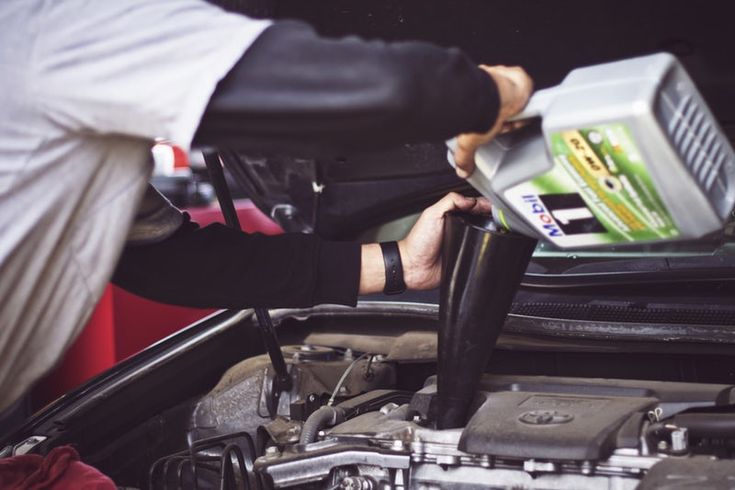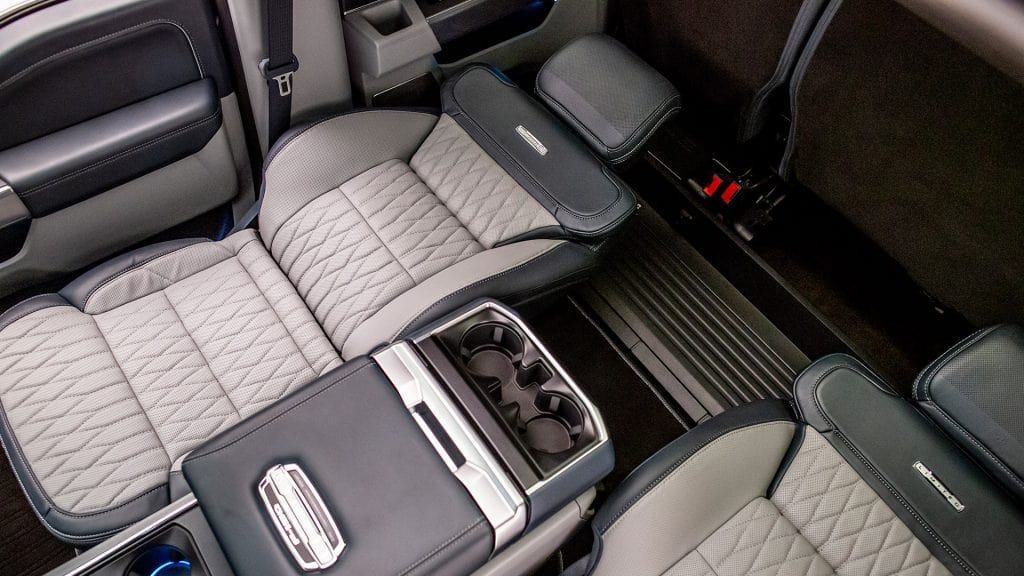5 Common Engine Bearing Failure Symptoms – CAR FROM JAPAN
A damaged transmission or a totally broken engine can be a result of engine bearing failure. If you do not detect the symptoms of worn engine bearings soon, you will have to pay a lot of money to fix or even replace your engine with a new one. The best way to prevent these issues is to detect and repair them as soon as possible. Therefore in this blog, we will show you some engine bearing failure symptoms that commonly occur in a car’s engines. Are you ready? Let’s go now!
5 Common Engine Bearing Failure Symptoms
If your car has a worn-out engine bearing or rod bearing, your car will indicate some of the common symptoms below:
1. Noise in the engine

Read more:
One symptom of engine bearing failure is noise in the engine. Most car drivers know about rod knock symptoms, if they have not detected themselves. Rod knock, which is a stabilized hammering increasing linearly with RPM, occurs when excess clearances as a result of bearing wear cause the rod’s big ends to beat against the crankshaft at the bottom and top of the piston stroke. So surely, rod knock is a symptom of worn engine bearings.
Additionally, there is other engine noise that can demonstrate worn-out engine bearings, and that can occur in the lifters and valvetrain. Most engines are designed with a main oiling system, which means oil pressure flows to the rods and crankshaft before it goes to other parts. Excess oil leakage at the rods and crank famish the valvetrain of the required pressure, leading to a seemingly innocuous lifter tap that actually shows worn rod or crank bearings.
2. Loss of oil pressure
Loss of oil pressure is also one of engine bearing failure symptoms you need to know. Normally, the oil pump flows a fixed amount of fluid (which is 20 gallons per minute). If there are some little leaks in your engine such as leaks in the gap between your engine bearings, the rocker, or the hydraulic lifter, your engine will lose oil pressure due to oil coming out of the oil channels. Hence, excess clearances between the bearings as a consequence of excess bearing wear will lead to loss of oil pressure, especially at low RPM when the pump is spinning at the slowest speed.
3. Transmission noise and worn belts
Worn belts and transmission noise are other signs of worn engine bearings. The main bearings have two types of bearing faces: the main bearing surface which the crankshaft works on, and a thrust bearing face which works to keep the transmission from going back and forth. The thrust-bearing face can wear like the main surface. If there is enough space on the rod journals, worn-out thrust bearings can enable the crank backward enough to jam the torque converter into the transmission or move forward or backward enough to result in excessive edge-wear on the belts.
The first one may result in transmission noise or even damage the transmission. The metal dirt as a result of the force of the torque converter pushing back on the oil pump can be stuck in the filter, leading to fluid pressure loss and then breaking the pump.
4. Silver shavings in the oil

The next one on the list of engine bearing failure symptoms is the appearance of silver shavings in the oil. Normal bearing wear produces a probable amount of aluminum dust with a silver color in the oil. So when you check the oil level, you can see something like a metal sheen on the dipstick. But this dust should be just that, no more, a powder that can not form into any distinct aluminum grain.
But when engine bearings suffer from oil lack or overheating, they will shave away and form into fine ribbons or splinters. So when you check the oil level or change oil, if you see ribbons or splinters of aluminum in the oil or stuck to your dipstick, chances are you’ve got either a worn-out bearing or a broken one. A skillful mechanic will always check the filter media to detect early signals of excess debris and shavings after each oil change.
5. Copper sheen in the oil
Last but not least is copper sheen in the oil. Many bearings are designed with 03 layers: a steel backing plate, a layer of copper in the middle, and a soft aluminum outer layer. As copper is softer but slicker than aluminum, it is used in these bearings to give the owner a last line of protection before the bearing gets down to the steel layer or totally brakes.
The lifespan of the copper layer is about 1000 miles or 2000 miles, giving you a chance to find out coming bearing problems before they damage your motor. When the bearing wears down to the copper layer, it will warn you by sending out a red flag in the form of copper dirt in the oil. So if you detect any copper sheen in the oil inside the valve cover or on your dipstick, it means your bearings are badly broken.
Understanding more about the engine bearing failure in this video:
Related Questions And Answers:
1. How much does it cost to replace engine bearings?
The fee to replace engine bearings is up to the extent of your repair. In some cases, your engine may require a new crankshaft, new connecting rods and pistons, timing chains, and camshaft bearings. If you have to replace all these parts, it is advised to replace the complete engine assembly. The average cost for fixing connecting rods is from $2,500 and more.
2. What are the symptoms of a bad oil pump?
Here are 5 common symptoms of a bad oil pump:
- Noise in the Valve-train
- Unusually noisy hydraulic lifters
- Higher Engine Operational temperature
- Noisy oil pump
- Decreased Oil pressure
3. What causes engine bearings to go bad?
The main culprits behind a broken engine bearing are insufficient lubrication, dirt or debris, misassembly, bearing crush, overloading, hot rodding, or forcing excessive loads.
Did you enjoy our article? If you have any questions related to engine bearing failure symptoms or bad rod bearing symptoms, feel free to leave them in our comment section, and then we will discuss them further. Besides, don’t forget to check our maintenance tips updated every day to get more practical knowledge on how to maintain a car.














